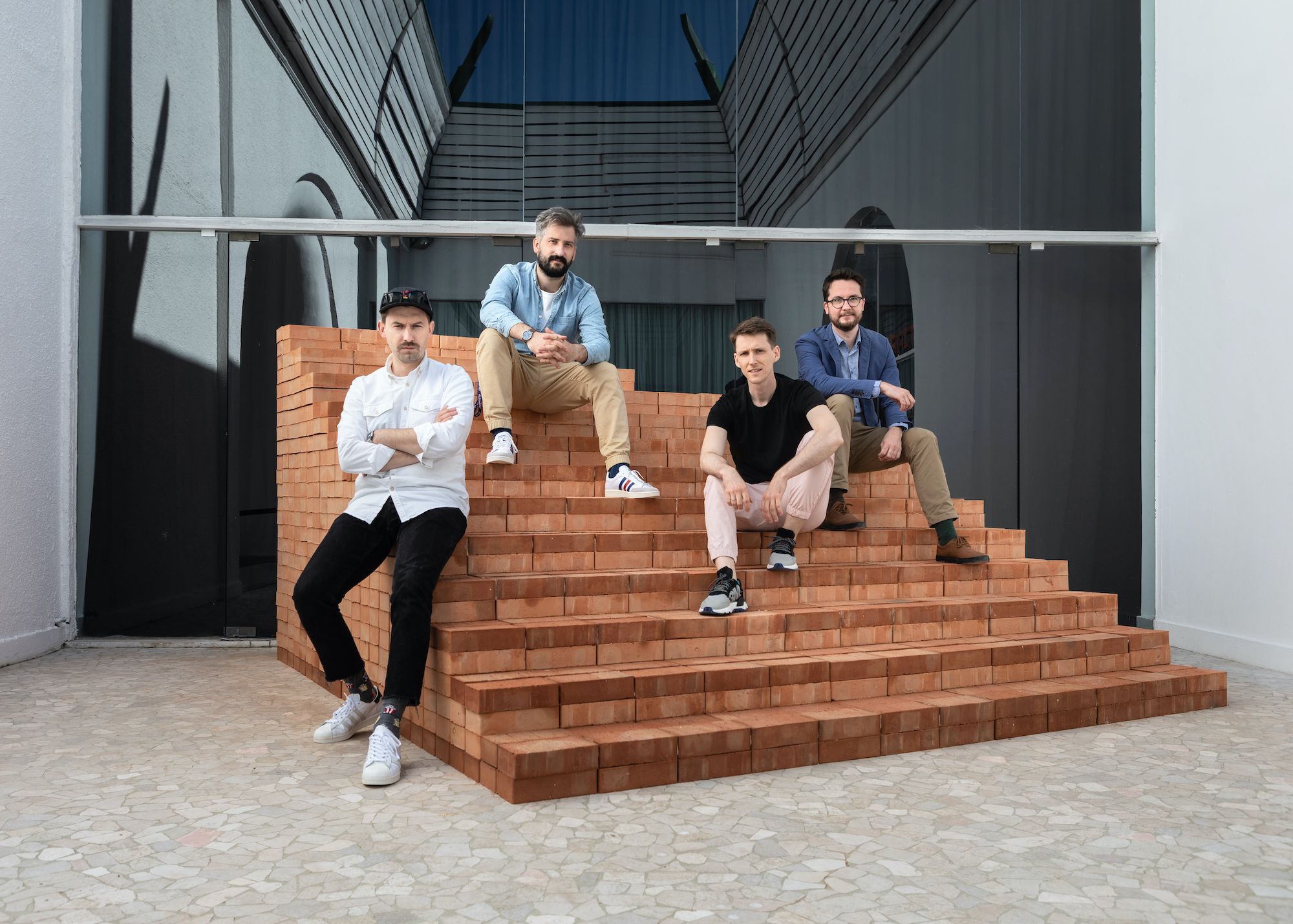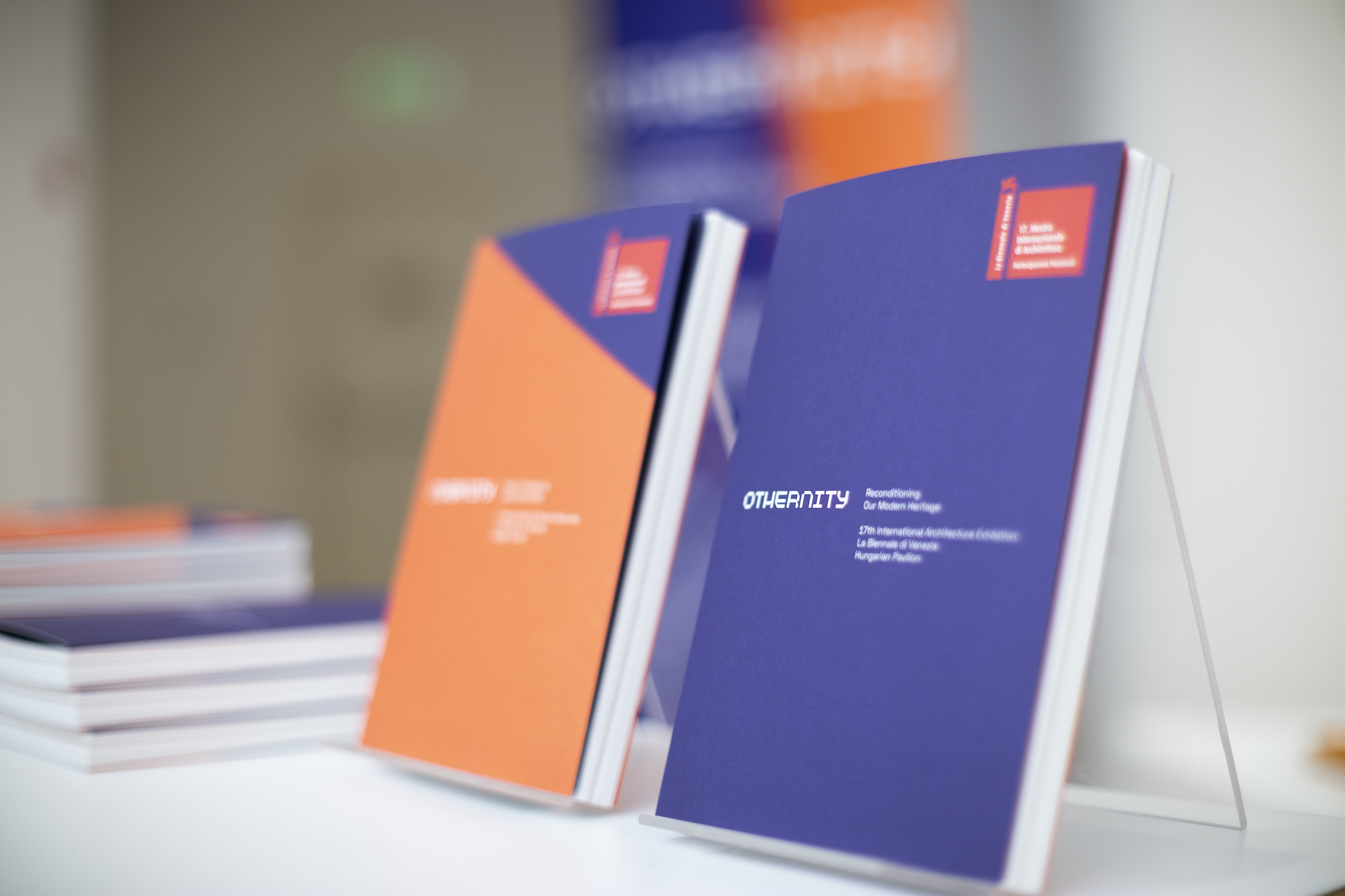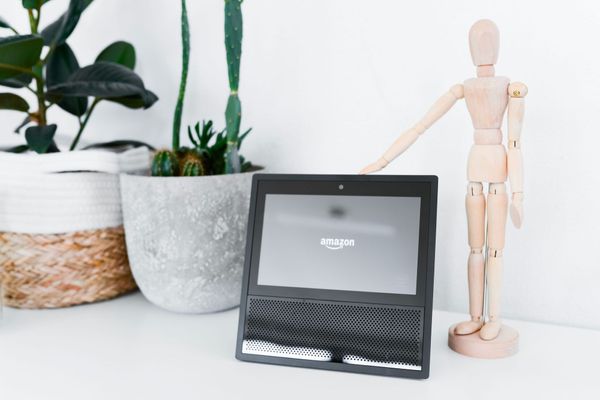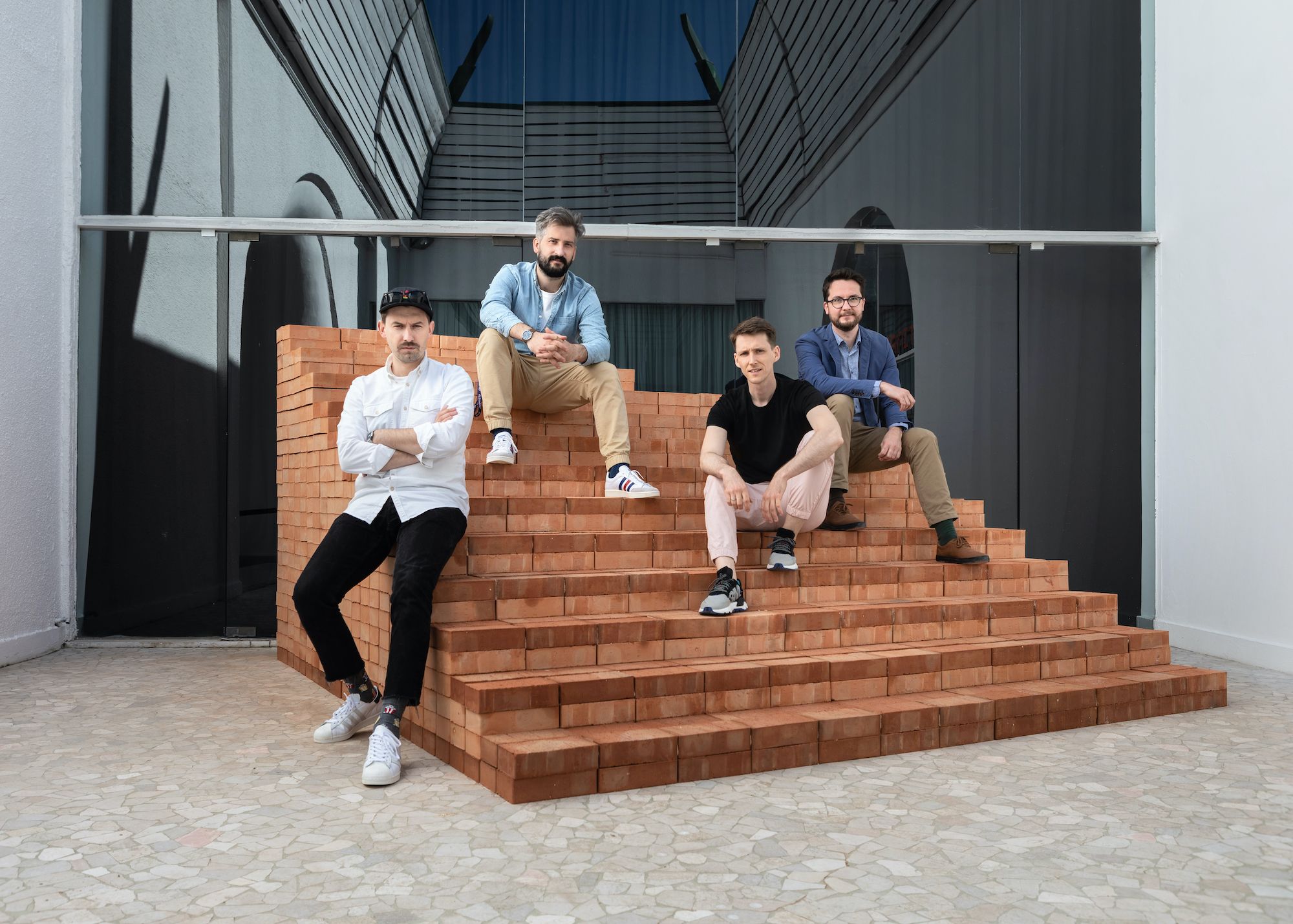This year’s Venice Biennale project of the Ludwig Museum opened with the title Othernity—Reconditioning Our Modern Heritage. The project focuses on the central theme of the Biennale: How will we live together? It seeks to list the opportunities that the highly controversial, oftentimes obsolete heritage of modern architecture holds for the architects of the future.
This year, the exhibition, presenting the reflections of 12 invited offices about 12 buildings, will open its doors in a non-traditional way due to the special circumstances: the audience can watch the opening ceremony from their homes in a virtual form.
The selected buildings of Budapest were built in the second half of the 20th century, during the socialist regime, and in spite of their values, they are in danger today. The invited architects from Central and Eastern Europe know and understand the dilemmas concerning the conservation of the architectural heritage of the region. The exhibition is divided into two spaces: the LAB section documents the historical conditions of the 12 buildings, while the SHOWROOM section presents 12 contemporary architectural reflections. The structure of the two sections was created by mirroring the parameters of the objects on display: the two narratives are inseparable from one another and can be understood only in context. Othernity is the first exhibition project in the history of the Hungarian Pavilion based on wide-ranging international collaboration, for which a previous Budapest workshop set the scene in 2019. It is a collaborative practice and research on heritage protection at the same time. After the Biennale, the exhibition will be on display at Budapest’s Ludwig Museum in December, so those who cannot travel to Venice this year will also be able to see it.


You can read more about the project on HYPEANDHYPER soon.
Curator: Dániel Kovács
Curatorial team: Attila Róbert Csóka, Szabolcs Molnár, Dávid Smiló
Location: Hungarian Pavilion, Venice, Giardini
Source: Press release

Ceramic clock collection | Patrzwork

Designer strategies in the world of smart homes: the age of invisible technologies










